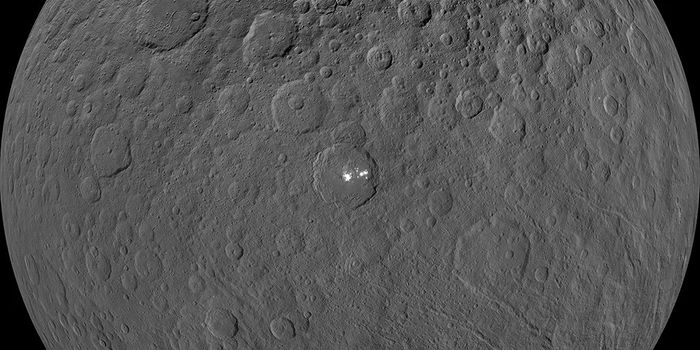ESA's Solar Orbiter Captures Extraordinary Views of the Quiet Corona
On October 12, 2022, the European Space Agency’s (ESA) Solar Orbiter mission had its second close encounter with the Sun. The Solar Orbiter is an international collaboration between ESA and NASA. It is operated by ESA and was launched on February 9, 2020. Its mission is dedicated to solar and heliospheric physics with the goal of understanding how the Sun creates and controls the environment throughout our Solar System. The orbiter’s trip past the Sun delivered the highest resolution data collected by this telescope to date.
The orbiter had its closest approach on October 12th at 19:12 UTC. At this moment, the Solar Orbiter was just 29% of the Earth’s distance from the Sun (or approximately 27 million miles or 43 million kilometers). The following movie, captured by the Extreme Ultraviolet Imager (EUI) on October 13th, is the highest resolution movie of the quiet corona ever taken with any instrument.
Each pixel in this movie is equivalent to approximately 65 miles (or 105 kilometers) on the surface of the Sun. Let’s put this into perspective: if the EUI were to look at the Earth from the same distance, the entire planet would fit across 120 pixels. The movie is 2048 pixels across, and thus 17 Earths could fit across the entire movie.
The video captures the corona of the Sun. The corona is the outermost layer of the atmosphere of the Sun and has a temperature of millions of degrees Fahrenheit. It is composed of plasma – or ionized gas – that is in constant motion. The magnetic field of the Sun causes this motion: it accelerates the particles that make up this hot plasma and directs the particles, telling them where to go.
The movie displays the dynamic nature of the corona, showing arches of bright plasma. These arches are actually loops of magnetic field lines originating from the interior of the Sun. The lines burst through the corona, where the electrically charged plasma in the corona become attracted to them and stream along these magnetic field lines.
The Sun goes through an 11-year cycle, which alternates between periods of inactivity and activity. The Sun is currently leaving a period of inactivity, and has been becoming increasingly active. During periods of inactivity, the surface of the Sun is deemed quiet. There is little solar activity – such as flares or coronal mass ejections – at that time. The Sun will reach a peak in its activity level, which is known as solar maximum, sometime in 2025. During this time, the quiet views of the corona captured in the above video will become increasingly rare as activity ramps up.
Source: The European Space Agency








